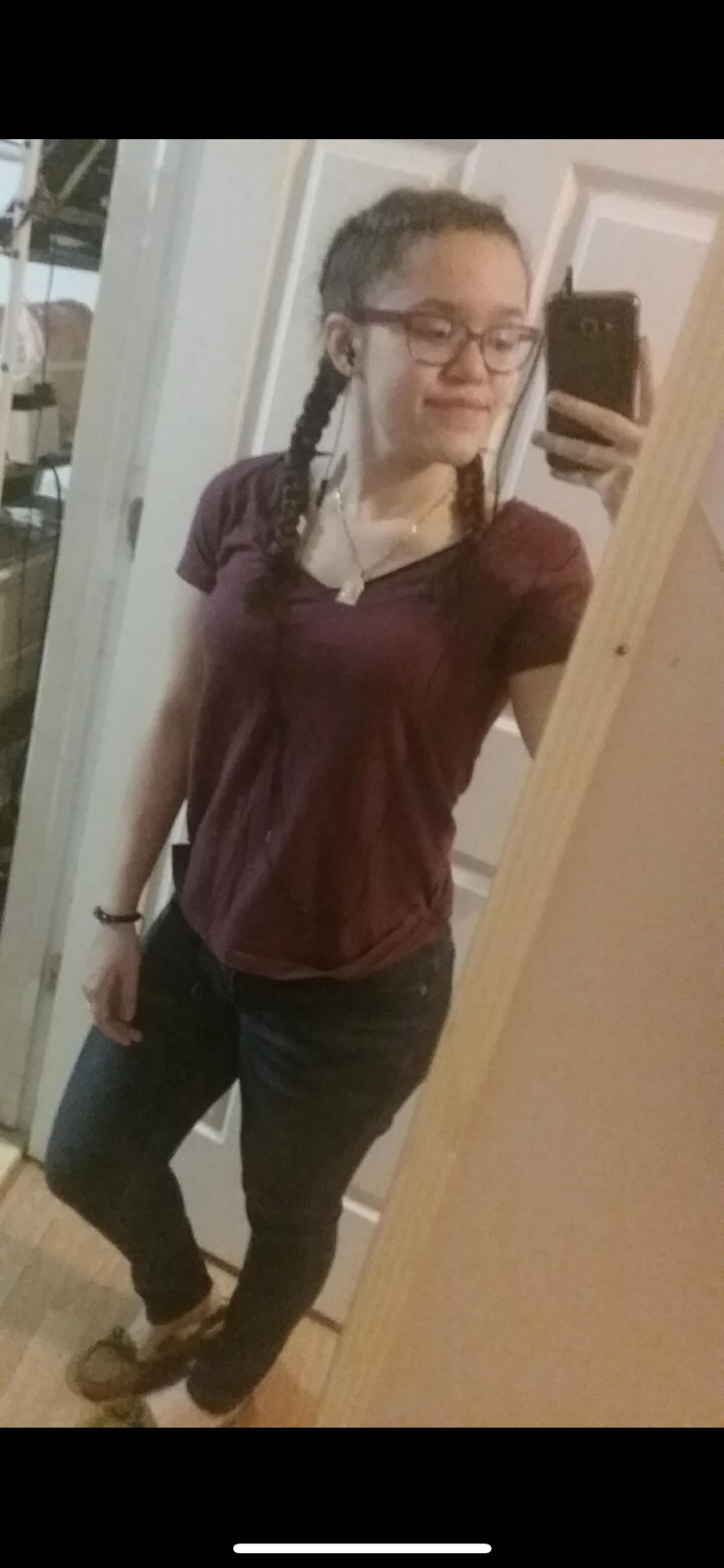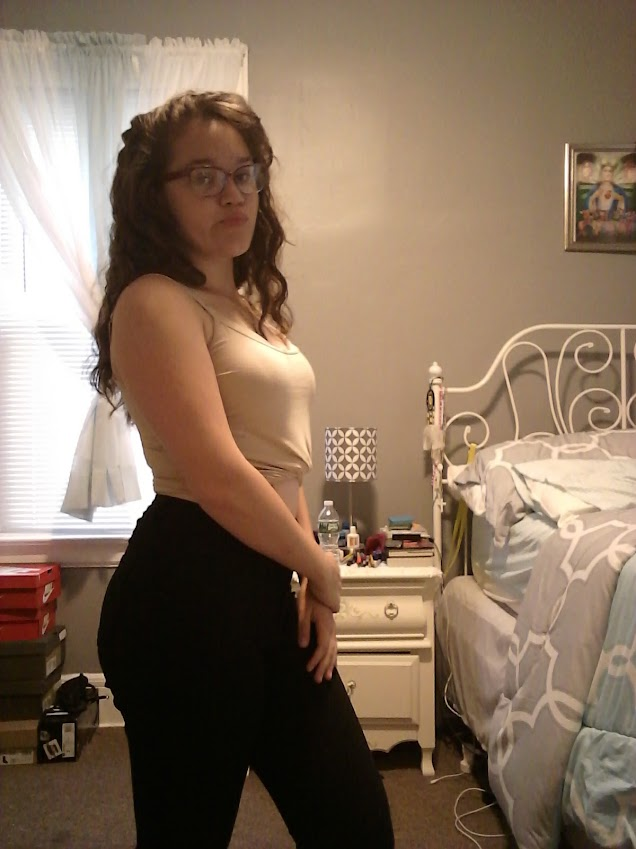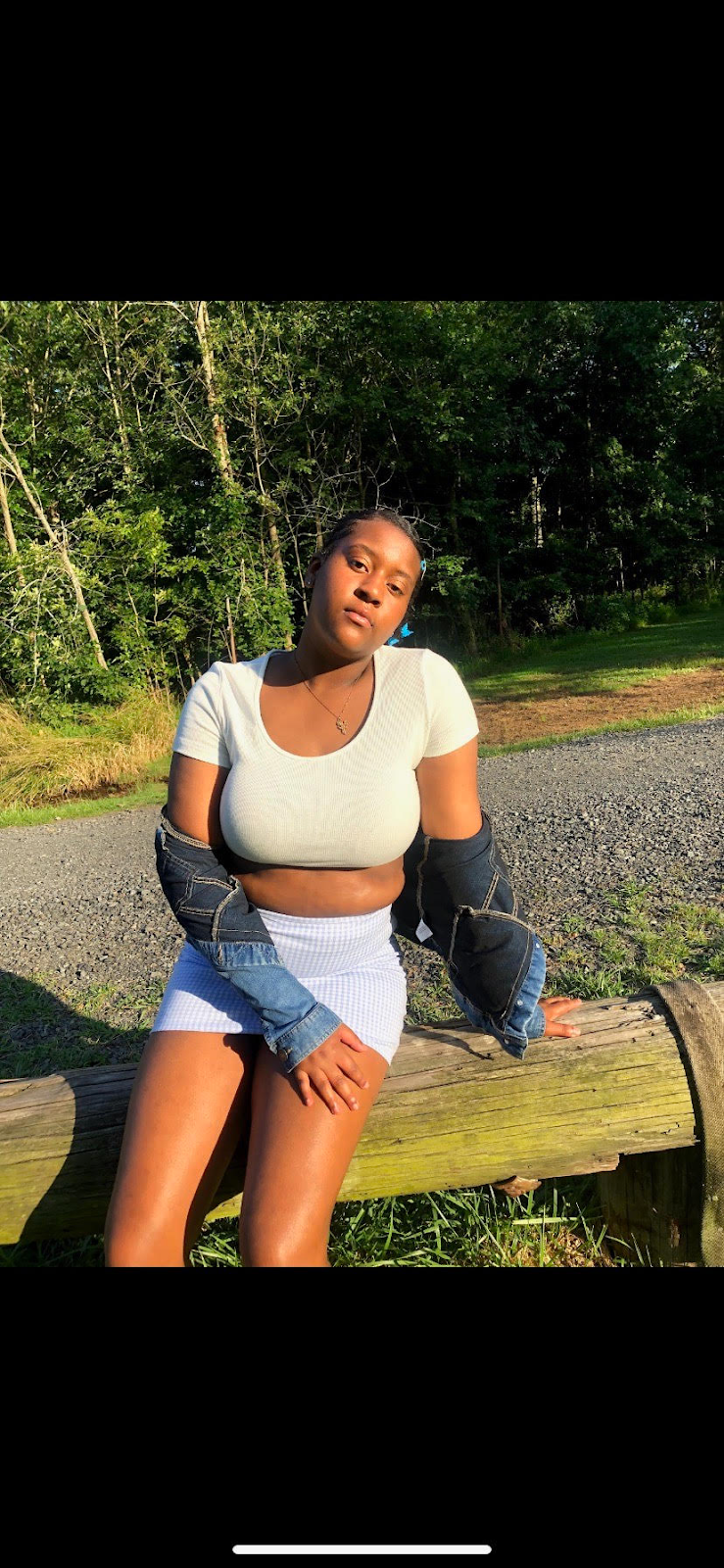Intervention II: Beauty Standards
This intervention that Sydney & I chose to do serves the purpose of shining a light onto the affects of beauty standards amongst people, especially college students. Sydney & I used our own environments and asked our own friends about how commentary made against one's physical appearance can affect today's youth. How we dress, how we act & how we present ourselves overall is done on the basis of how we will be perceived by the outside world. Before being able to open our mouths & introduce ourselves, we are all guilty of making an assessment of one another based on each other's physical appearance.
Our project can be seen as activist art since we asked a number of brave friends to broadcast some insecurities and commentary that have been made about them. In chapter 3 of our readings, Sydney and I were inspired by this quote: "Problems are often hard to see . . . By dramatizing those aspects of reality that are hard to see, or that we are reluctant to look at, we make the invisible visible" (Page 109). Through this quote, we realized how the first step of fixing a problem is acknowledging that its there. Running away from issues that have always haunted us just only makes that problem stronger. In that same chapter, we found another quote that read "The mark of a good leader is to train others to lead, give them tools to succeed on their own, and then get out of the way" (page 96). Shining a light on the problem that beauty standards have brought onto people can also encourage to do the same. If there is recognition that are not alone in our personal struggles has the potential to push others to speak their truth and treat one another a bit sweeter. Our bodies are not permanent in the current state we are in. We are all growing and transforming as we age. And a big question that still remains is who told us? Who told us that skinny was the only way? Who?
Besides the video, Sydney and I decided to add a few photos of us standing without any filters or clothing that would shape our bodies in a more "aesthetic" manner. This personally was a bit scary for me because throughout my teens I had an eating disorder due to a lot of family members making commentary & trying to project their ideals onto me. I was in such a mindset where I needed to people please that I was willing to starve & alter my body in a negative way in order to fit the perfect picture that they wanted from me. In the first photos is me in 2017 at the peak of my eating disorder; I was eating maybe a meal a day (if that) and weighed probably at 120 - 130 pounds. Now, honestly, I weigh 200 pounds. Gaining all this weight started from me trying to fight against these beauty standards that were put onto me & slowly building my confidence from the nothing. A lot of what I went through derived from my family's view on euro-centric bodies; the ideal look was to be petite. But my body structure was doing everything it can to fight against that. So I started slowly eating again, slowly affirming, and slowly building my foundation in loving my body again.
While making this video, and looking at all the words that were on our friends paper hit home a bit. Growing up I would also be called out on my weight from my friends and especially from my family. Hearing it from the people you love it's heartbreaking because you don't think your own family would say or point things out. My mother never really let me leave the house as much unless I put on a whole shirt and if I didn't then I couldn't leave. Hering that everyday, it affected me in ways where I didn't want to eat, I thought if I didn't eat then I would lose weight.
Duncombe, S., & Lambert, S. (2021). The art of activism: Your all-purpose guide to making the impossible possible. OR Books, LLC.






No comments:
Post a Comment